The Most Effective Ways to Keep Off Weight After Stopping Ozempic, According to Science

Ozempic, Wegovy, and Mounjaro are miracle drugs for weight loss, according to lots of people. However, aside from some not-so-fun side effects, there is one major complaint: When you stop taking the drugs, many people report gaining a lot of the weight back. However, according to new research, there is an easy way to prevent rebound weight gain.
About Half of the People Who Take Weight Loss Drugs Quit Within the Year
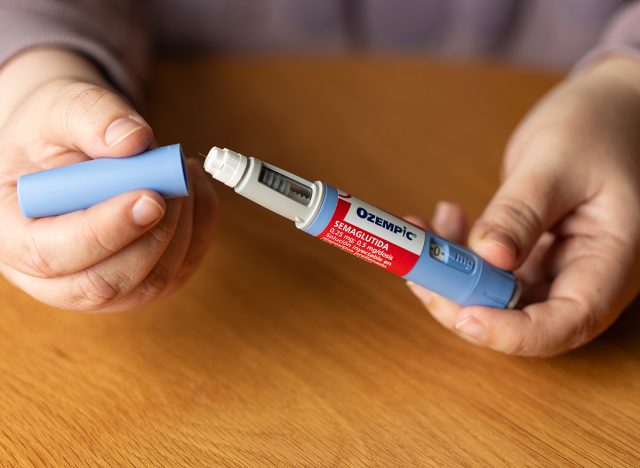
According to studies, up to half of the people who start using weight loss drugs quit them within a year due to a variety of factors, ranging from the cost of the drugs to intolerable side effects.
Many of Those Gain the Weight Back
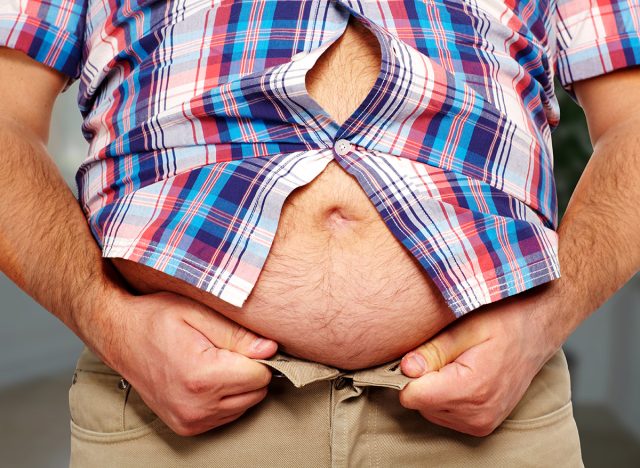
Many people experience rebound weight gain, some of them regaining all the weight they lost on the drugs and even more in some cases.
Researchers Claim That Exercise Can Stave Off the Weight
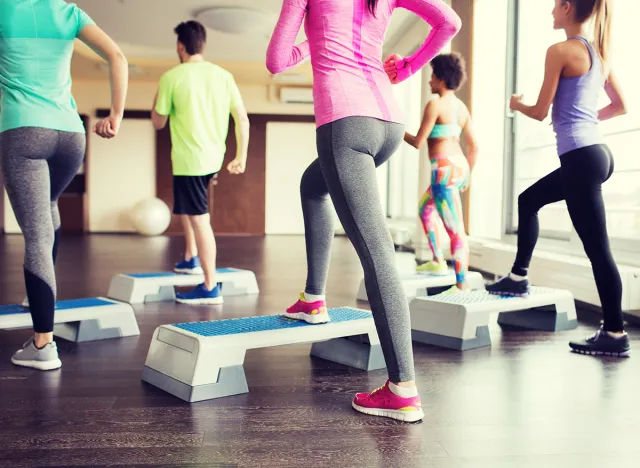
However, a new, long-term study conducted by the University of Copenhagen in Denmark found that even some of those people who quit the drug within the first year managed to keep the weight off by doing one thing: They exercised.
Related: 15 Quick Ways to Lose Body Fat Percentage in a Week
Exercise Plus Weight Loss Drugs Is a Good Equation
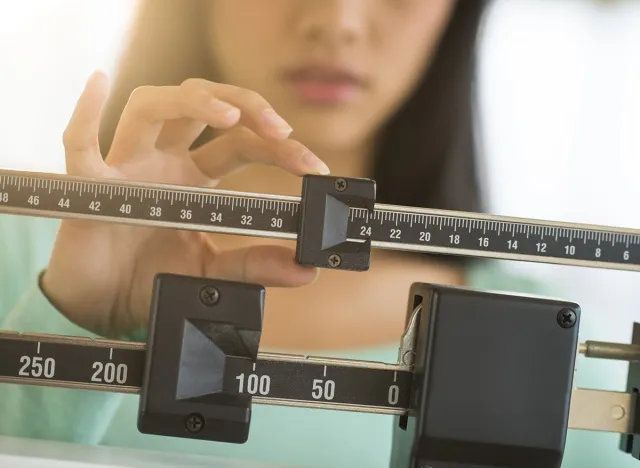
According to Signe Sørensen Torekov, a professor of biomedical sciences at the University of Copenhagen in Denmark and senior author of the study, people using weight loss drugs can "preserve a healthy weight" after they quit the medication, "But they do need to do exercise," he says.
Exercising Helps Preserve Muscle Mass

He explains that those who were exercising while on the drug were able to maintain more muscle mass after they got off it, making it more likely they would keep the weight off.
Participants Were Divided Into Groups
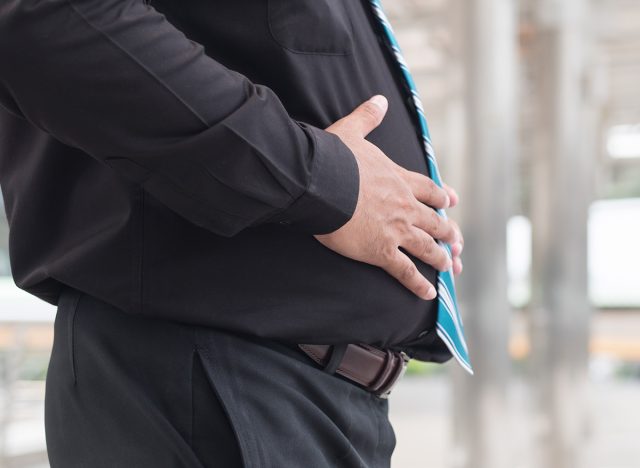
Researchers enlisted 195 Danish adults with obesity. Each of them were put on a low calorie diet with the goal of losing 30 pounds fast, then moving on to the maintenance stage. During this stage they were put on a GLP-1 medication. A separate group started the same drug but also underwent an exercise program, working out twice a week, 30 minute spinning classes and 15 minutes of HIIT and resistance training plus two at-home jobs. Another control group was given a placebo and didn't exercise.
Related: 8 Reasons Your Body Will Thank You For Drinking Kombucha, According to Nutritionist
The Group Who Exercised Lost More Weight – More Fat Than Muscle

After a year, everyone who took the drug maintained the weight or lost more weight, but the group who exercised lost 6 pounds more (more fat than muscle) than those on the drug alone.
💪🔥Body Booster: Whether you are on weight loss drugs or are losing weight by cutting calories, exercising will help you lose more weight and keep it off by preserving muscle mass.




